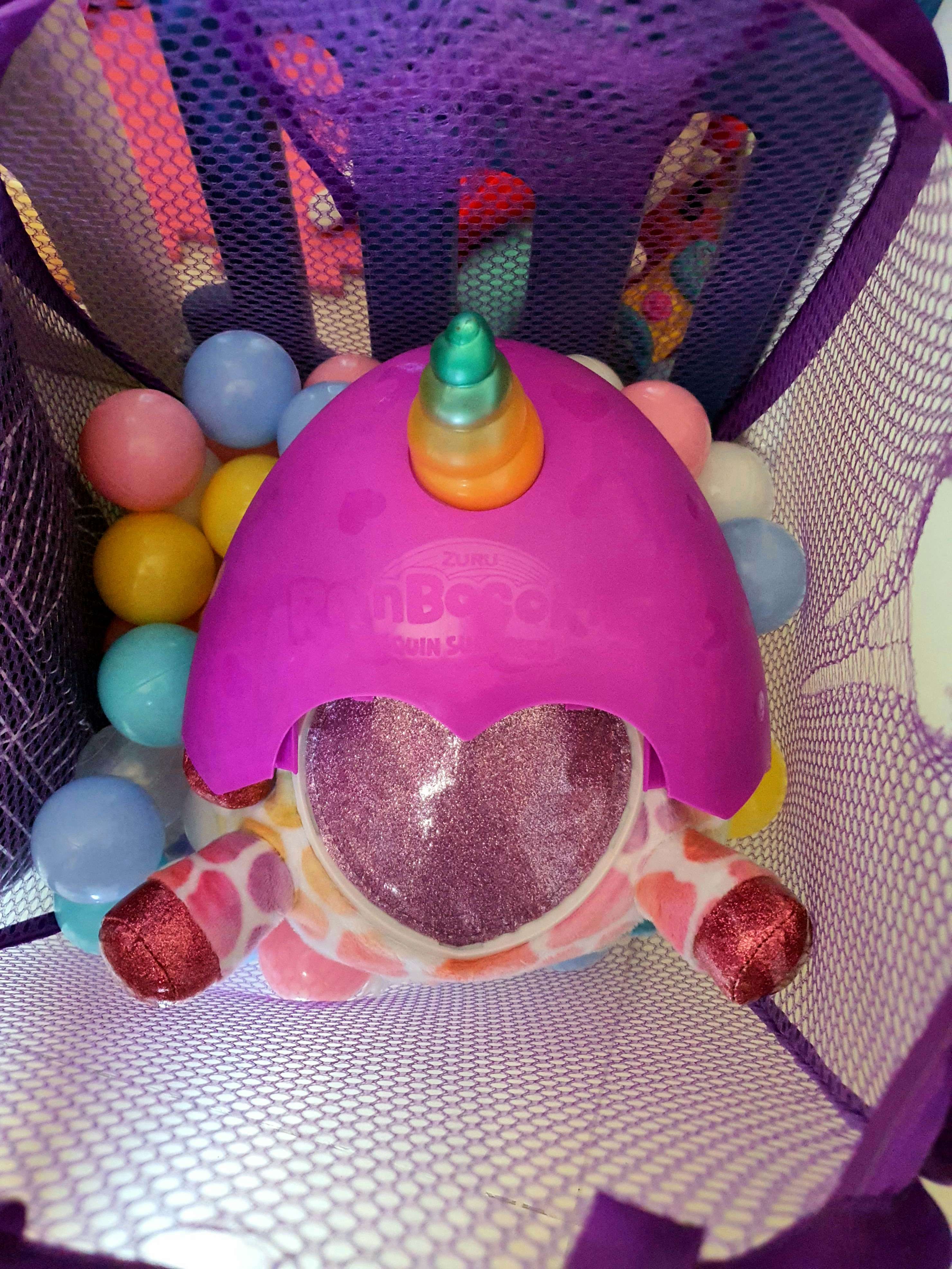
RainbowMouse
I'm a retail investor
11Follow
61Followers
0Topic
0Badge
Hi
Powell Seeks to Reassure Lawmakers Fed Will Curb Hot Inflation
Good morning
S&P 500 notches fifth straight record closing high, fifth straight quarterly gain
Hi
Sorry, the original content has been removed
Good morning
Sorry, the original content has been removed
Good morning
Sorry, the original content has been removed
Good morning
S&P ends modestly lower as rising Treasury yields offset robust retail data
Hi
US STOCKS-Dow, S&P Close Lower After 4 Days of Gains
Good morning
Sorry, the original content has been removed
Good morning
Sorry, the original content has been removed
Hi
US EV Stocks Slipped in Morning Trading
Hi
Sorry, the original content has been removed
Good morning
Sorry, the original content has been removed
Good Morning
Sorry, the original content has been removed
Good morning
Sorry, the original content has been removed
Good Morning
Bitcoin ETF Filing Flood Collides With Cooling Demand for Funds
Hi
5 Remarkable Stocks That Can Guide You to Financial Independence in 20 Years
Hi
US STOCKS-Wall Street Ends down as Ukraine Fears Eclipse Solid Jobs Data
Good morning
Wall Street bounces back on renewed economic optimism
Hi
Reminder: Holiday Trading Hours during Good Friday and Easter
Hi
Want $1 Million in Retirement? Invest $100,000 in These 3 Stocks and Wait a Decade
Go to Tiger App to see more news